We’re falling in love with print all over again – creating opportunity for brands to connect with consumers offline.
By Darshita Goyal
Experts
- Anant Ahuja, co-founder of Irregulars Alliance agency
- Prateek Bakhtiani, founder of Ether Atelier Chocolat
- Suneet Zishan Langar, editorial director at Epistle
- Malini Malik, founder of General Items
- Bidsha Dey, executive director of Eicher Group Foundation
TL;DR
- 78% of Indian Gen Z and millennials “don’t just want a product; they want to buy into a feeling, a movement or an identity.”
- 67% of Gen Z Indians are conscious of screen time and implement digital detoxes, creating a window of opportunity for brands to connect with consumers offline.
- Make no mistake, this isn’t print versus social: brands must invest in multi-channel strategies that serve distinct purposes.
Imagine walking into a restaurant and leaving not with a doggy bag but a glossy magazine on Chinese tea culture and dim sum traditions from around the world – that’s how international Cantonese restaurant Yauatcha celebrated its 12-year anniversary in India. In 2024, diners were welcomed with a limited-edition menu and a special India issue of Yauatcha Life, the brand’s annual magazine that has almost no advertising.
This speaks to a wider cultural shift: 78% of Indian Gen Z and millennials “don’t just want a product; they want to buy into a feeling, a movement or an identity.” For brands, slow, sticky, and tactile storytelling through print offers exactly that.
In 2025, Microsoft launched Signal, a magazine on AI and tech that’s “part marketing and part strategic storytelling.” Hinge also published a hardcover anthology of dating stories that boosted brand consideration by 10.5% in the U.S., where Costco’s monthly magazine (launched in 2023) is the third largest by print circulation.
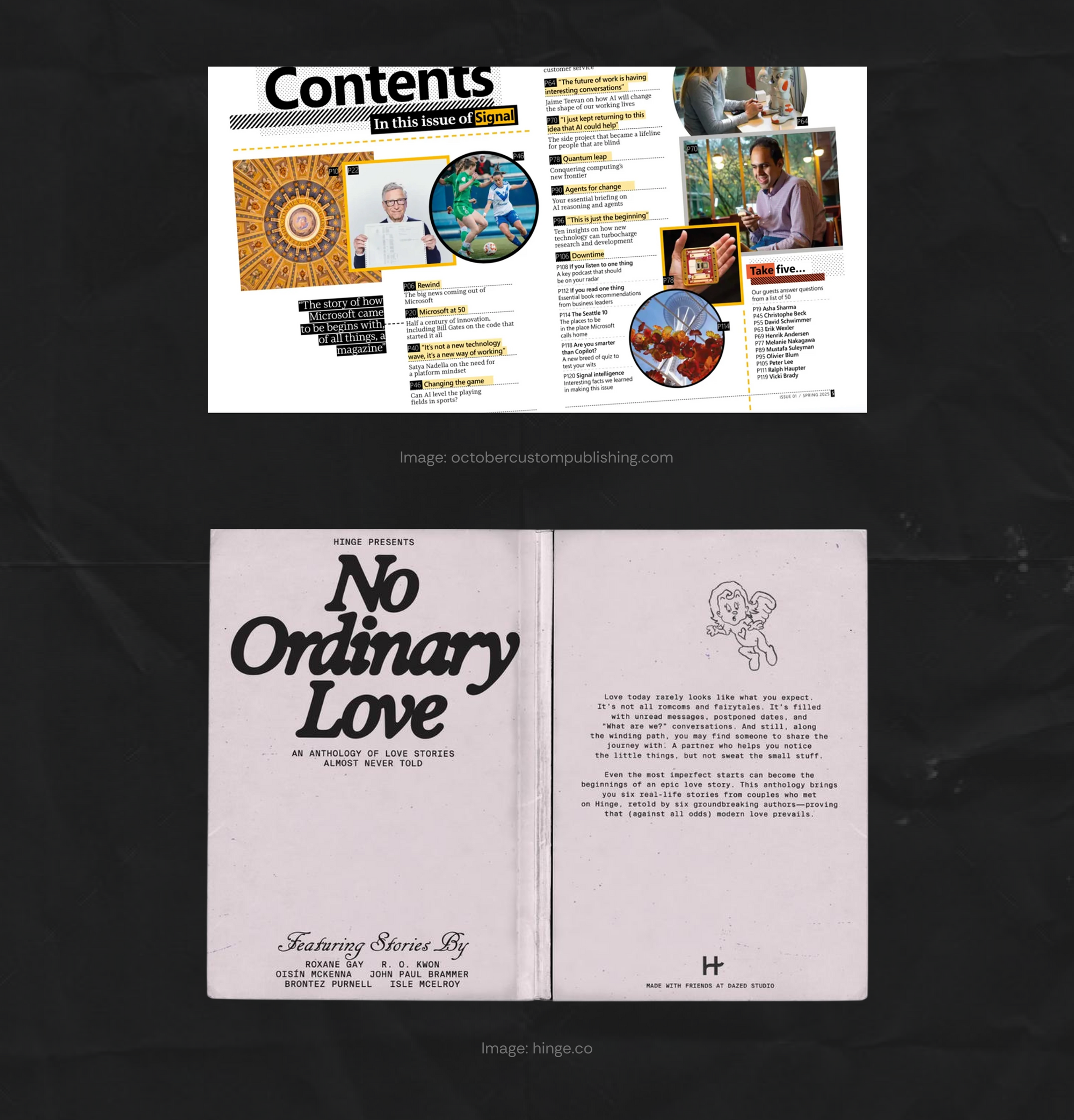
Indian brands are following suit. Since 2021, chocolate label Ether Atelier Chocolat has been publishing Cavities, an annual magazine on dessert styles and craftsmanship. Motorcycle house Royal Enfield’s CSR arm also publishes The Himalayan Knot, an annual journal spotlighting local artisan communities you can visit on a mountain bike ride.
“Lately, many brands approach us to help them with editorial content,” says Anant Ahuja, co-founder of agency Irregulars Alliance. “The last conversation we had was with The Whole Truth [food brand] who are contemplating taking their digital publication offline for deeper storytelling.” Ahuja also heads The Irregular Times, a yearly newspaper celebrating Indian art and design since 2021, while The Whole Truth is dedicating itself to “fixing food journalism” with a newsletter, online course and dictionary.
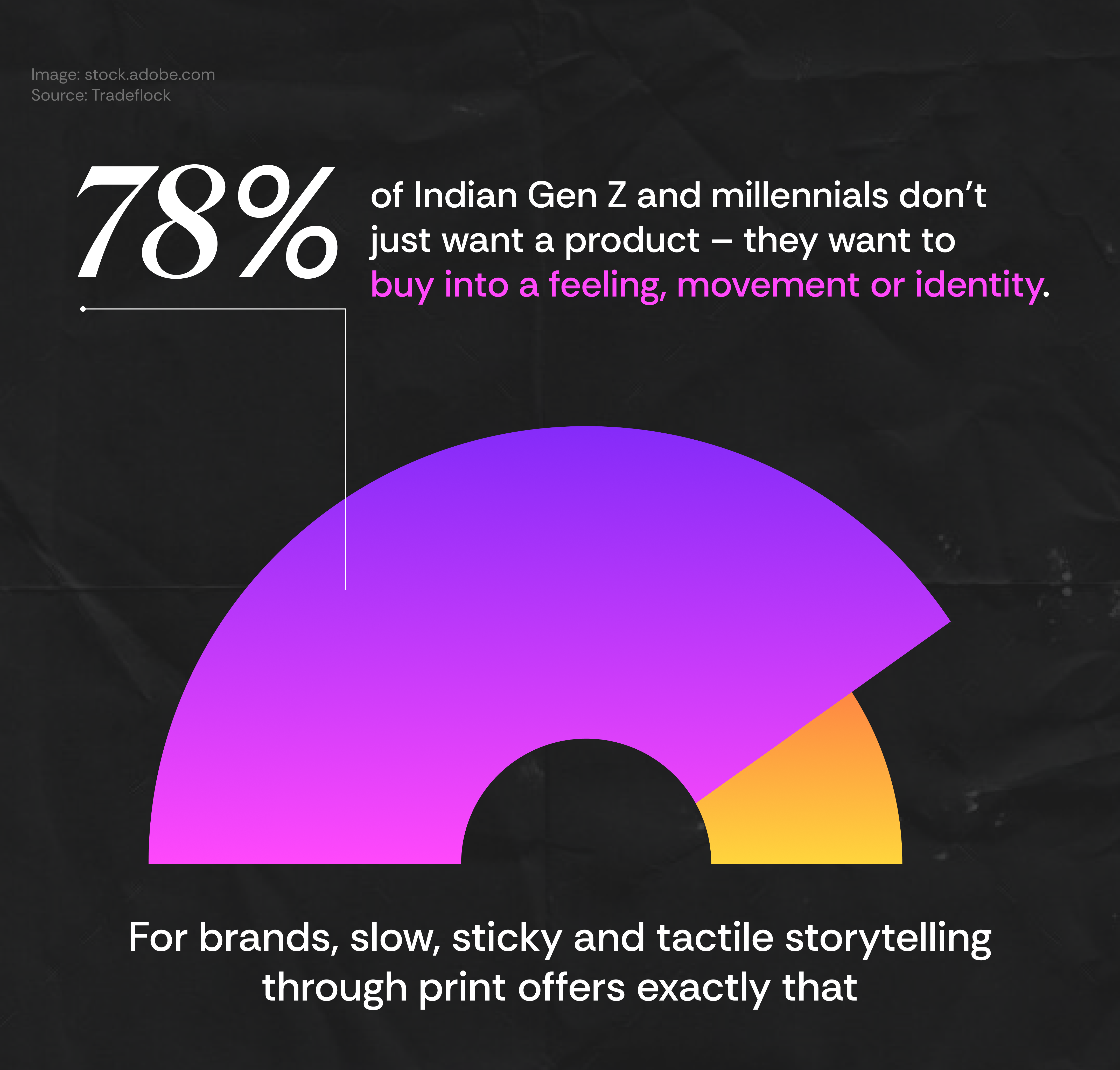
PRINT ALLOWS MORE BRAND CONTROL THAN SOCIAL MEDIA
In the age of digital overstimulation, where our Instagram feeds boomerang between war visuals, work updates, and wedding announcements, “content diets” with more curated information have become aspirational. In fact, 67% of Gen Z Indians are already conscious of screen time and implement digital detoxes, creating a window of opportunity for brands to connect with consumers where they are – offline.
From tone to pacing to aesthetics, print storytelling lets brands create a self-contained universe where they can show consumers their ethos without distraction or clutter, in the way algorithmic tech platforms don’t. “Zines offer the space to delve into deeper arguments and attract readers willing to engage with thoughtful content. Brands should focus on telling fuller, richer stories that you can’t and won’t narrate on social media,” says Suneet Zishan Langar, editorial director at communications firm Epistle.
Ether Atelier Chocolat founder Prateek Bakhtiani is already putting this into practice. “‘Fruit tart’ is also cheeky slang for queer folk, so we interviewed six queer restaurateurs on where representation in the Indian food industry stands and what needs to change,” says explaining how his Cavities magazine is part education, part entertainment, inviting customers to learn about his influences, values, and philosophy towards life and food without spelling it out.
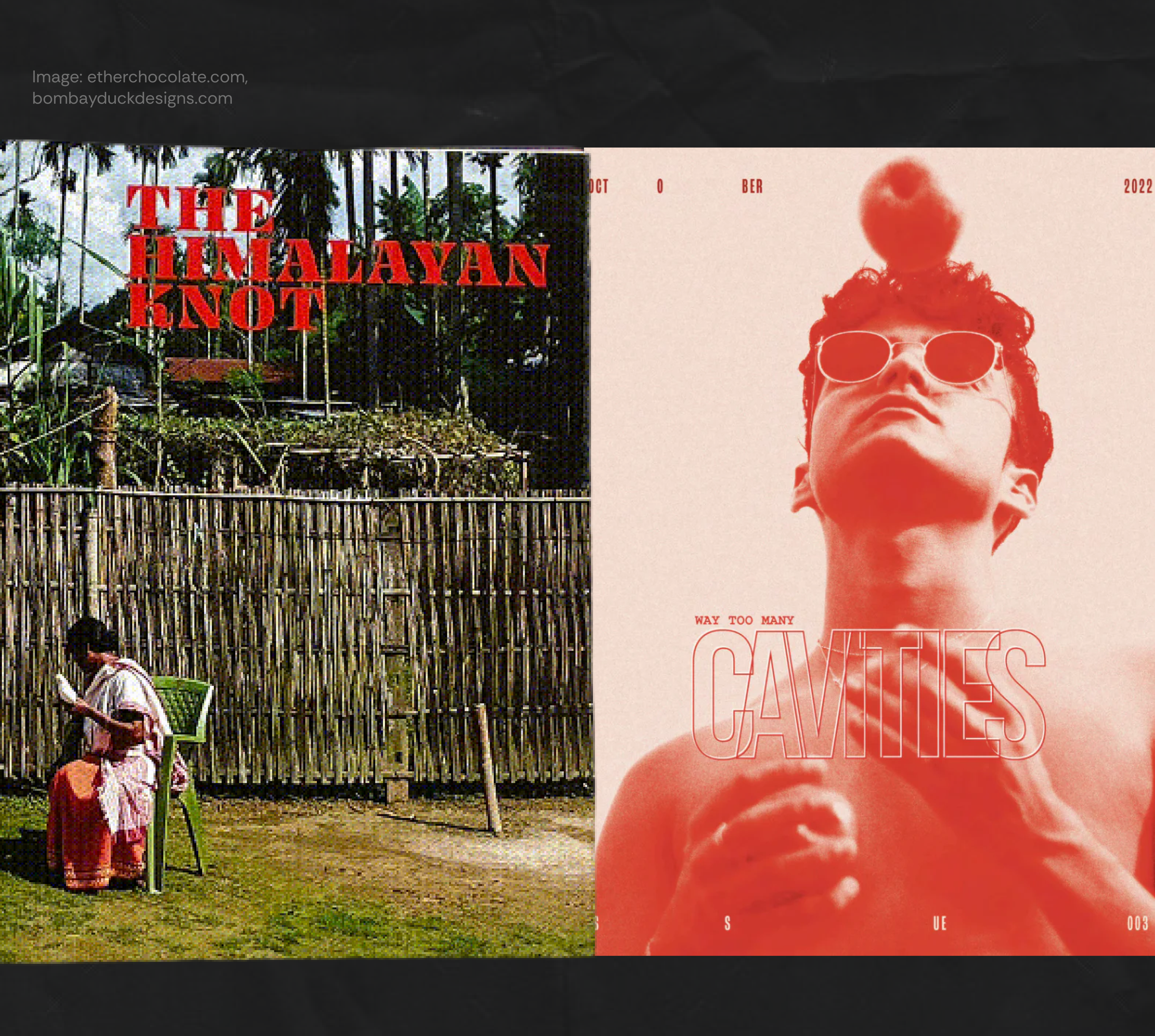
CREATING CONNECTION BEYOND TRANSACTION
With 87% of global marketers already relying on AI for content creation, a human-first brand identity sans marketing-speak also allows for deeper, more meaningful connection beyond transaction. “The fact that a brand is putting money to create something that doesn’t directly promote its services but contributes to a cultural and design conversation is a way to position them as tastemakers and shakers," adds Langar.
Bakhtiani puts aside about ₹8 lakhs to ₹12 lakhs [$9,200 to $13,600 approx.] in his annual budget to execute a new issue of Cavities. “Without print, this can be done in as little as ₹2 lakhs to ₹4 lakhs [$2,300 to $4,500 approx.].” Investing in a high-cost collateral, with no profit motive, just to contribute to cultural discourse, can build consumer trust. “A zine gives consumers a personalised view of a brand’s world while reminding them that human creativity and effort is behind it, not a faceless corporate structure," shares Malini Malik, founder of Bengaluru design store General Items, adding that her collection of artist zines are among her store’s most popular products.
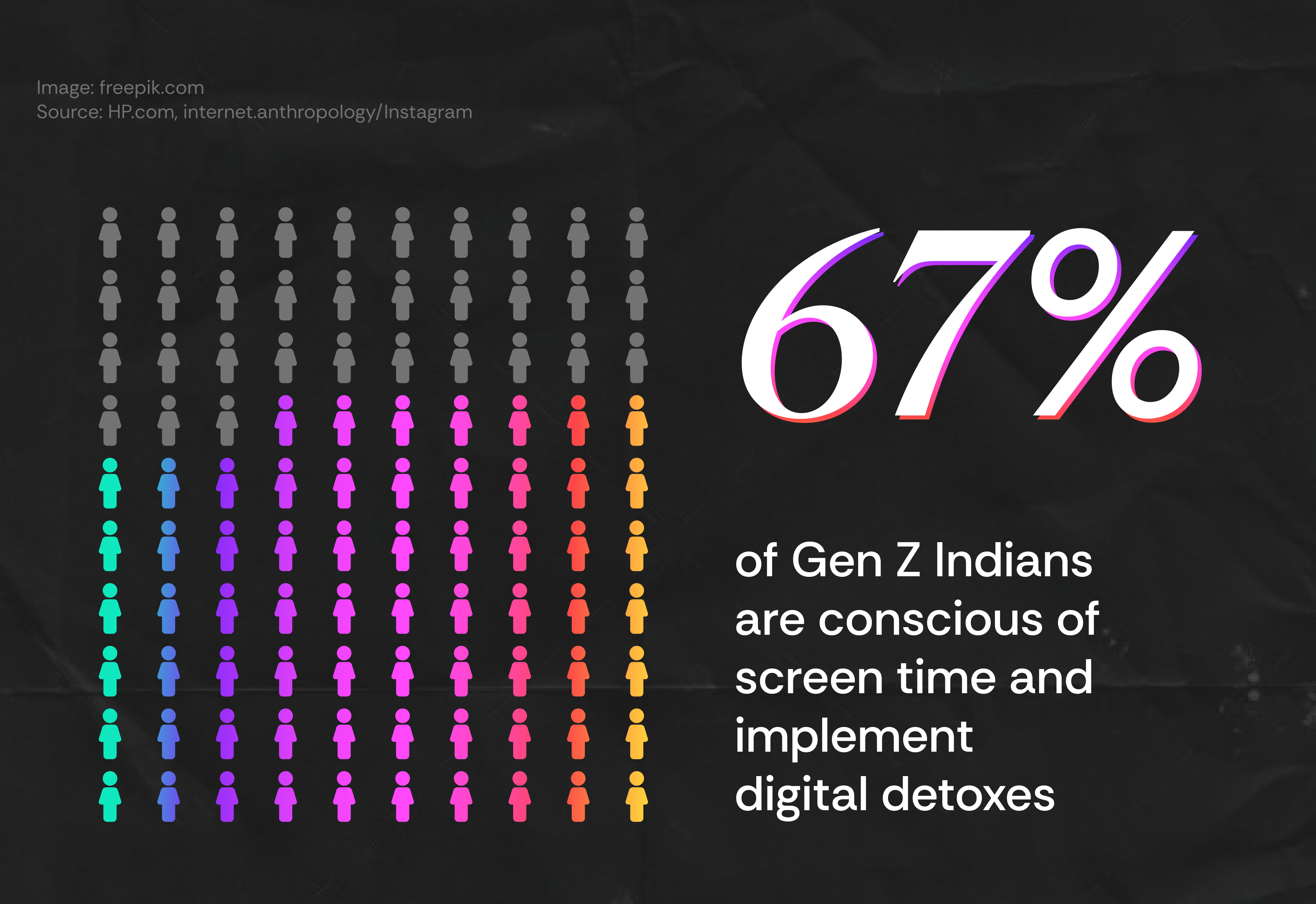
BRAND STRATEGY IS NOT PRINT VERSUS DIGITAL – IT’S BOTH
Make no mistake, this isn’t print versus social: brands must invest in multi-channel strategies that serve distinct purposes. Bakhtiani believes part of the reason Cavities occupies a premium space is Ether Atelier Chocolat’s active online presence. Malik too refers to Bangkok cafe Eden’s, saying the chef’s social media presence gives followers a humanised glimpse into his business. “Out of Eden’s, the quarterly magazine he [chef Niram Watthanasit] publishes, is an extension of this online persona. He interviews people in art and design, shares playlists and travel guides that help you understand the values of the cafe," she explains.
Langar goes so far as to advise brands to distance their magazines from their products. “Brands should resist jumping on the bandwagon with limited sense of direction… Take Uniqlo Lifewear, for instance, which is pretty much a catalogue masquerading as a magazine. This is going to do nothing other than drain a brand’s energy and resources.”
EVERYONE’S DOING A MAGAZINE – COOL, NOW WHAT?
CAPITALISE ON TACTILE STORYTELLING
Ahuja believes a brand magazine can become a collectible when infused with engaging souvenirs. “For The Irregular Times issue on how AI will impact jobs, we commissioned a Gond artist to customise a game of Snakes & Ladders where artificial intelligence was represented by the snake that would bring you down. People really enjoyed playing this and it helped build core memory around the read,” he says.
Likewise, lifestyle label Okhai could produce a magazine with prints of folk art and textile patches that could double up as wall hangings and home decor. Even a more premium brand like Estuary could create a breathwork guide with textured, sensory stickers that help with grounding and fidgeting, similar to Rare Beauty’s scratch-and-sniff billboards.
TO BE A PART OF CULTURE, YOU MUST HELP CREATE IT
The Himalayan Knot includes a foldable textile map, encouraging Royal Enfield riders to explore mountain craft clusters on their journeys. “The journal map becomes an entry point for riders to see the region from the lens of craft. We also create our zines in pocket sizes because baggage is tight on a motorcycle and we want people to be able to carry it efficiently,” explains Bidisha Dey, executive director of the Eicher Group Foundation that leads the project.
In August 2025, Indian sneaker brand Comet collaborated with Bengaluru’s popular ramen spot Naru Noodle Bar to create a pair of ramen-themed kicks. The experience could have been elevated with a zine on the city’s best street food and streetwear shops, featuring a handful of Willy Wonka-style golden tickets granting exclusive access to the sneakers.
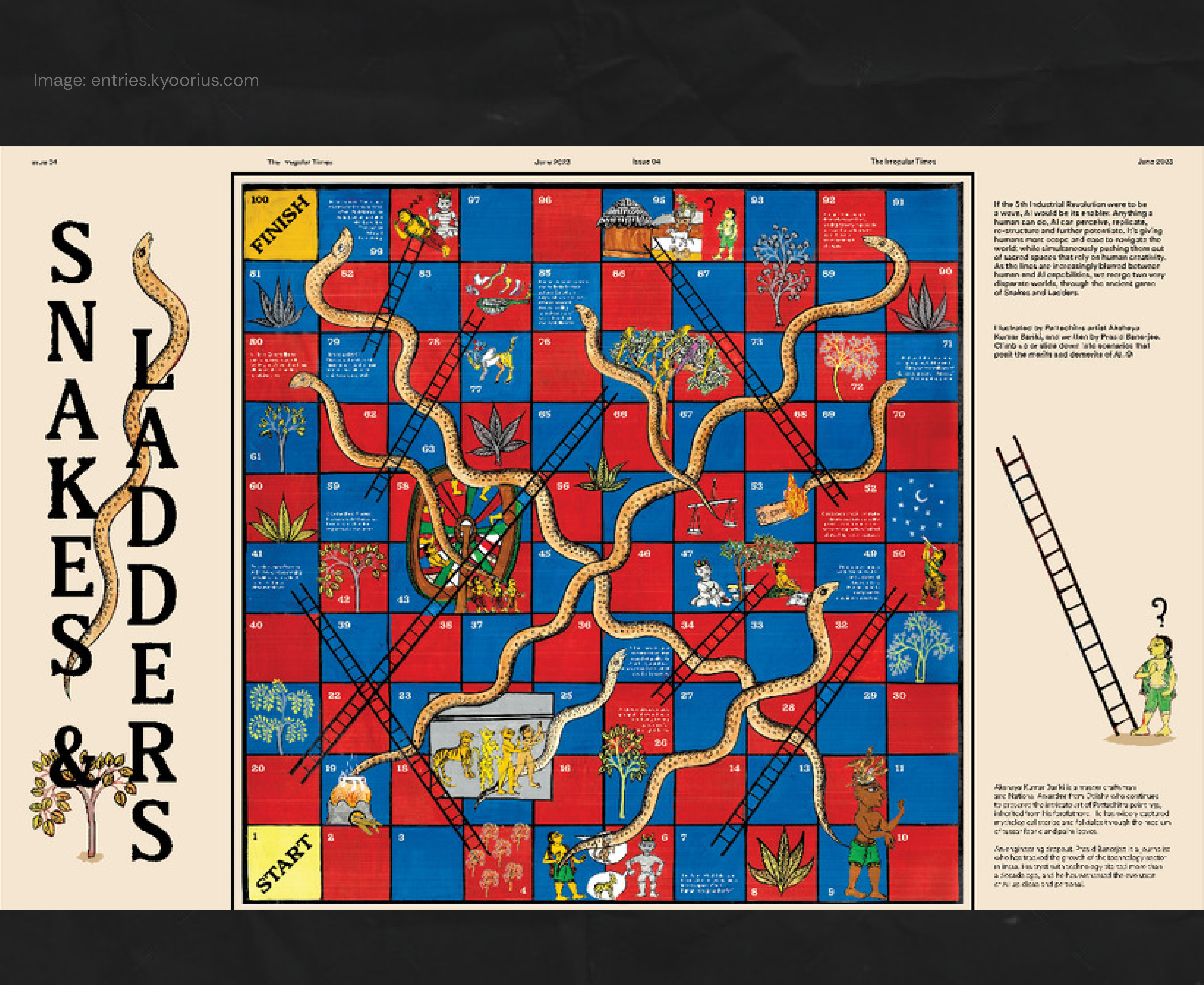
SLOW PRODUCTION IS MODERN LUXURY
In a hyper fast paced everyday, where optimisation is prized above all, the leisure of time is emerging as the new symbol of the elite. Brand strategist and content creator Eugene Healey describes this as a post-luxury status symbol. “In a culture where people are having to optimise to the extreme…the new aspiration is the ability to live not through achieving but just curating,” he explains.
For instance, Bakhtiani hand draws every graphic that goes into the magazine. This attention to detail, coupled with the permanence of print renders these stories more exclusive, expensive and hence scarce, making consumers interpret them as deliberate media in contrast to mainstream digital throwaways. “For a small label, a magazine is a special way to engage with their audience. The little details like how it is printed, the material of the paper and the specific type of binding all go a long way in communicating the ethos,” Malik shares.
Yes, we’re all exhausted by endless scrolling. But magazines shouldn't replace digital budgets – they should complement them. Brands should employ print mags for an evergreen identity that transcends product, positions them as collaborators and creators of culture, and invites readers into their larger universe, not catalogue.
Darshita Goyal is a culture and lifestyle writer with a keen eye for Gen Z trends and the online world. She has been published in The Cut, Vogue and Dazed among other global publications, and also works on strategy-first reporting for Canvas8, In-Trend and The Future Laboratory.
